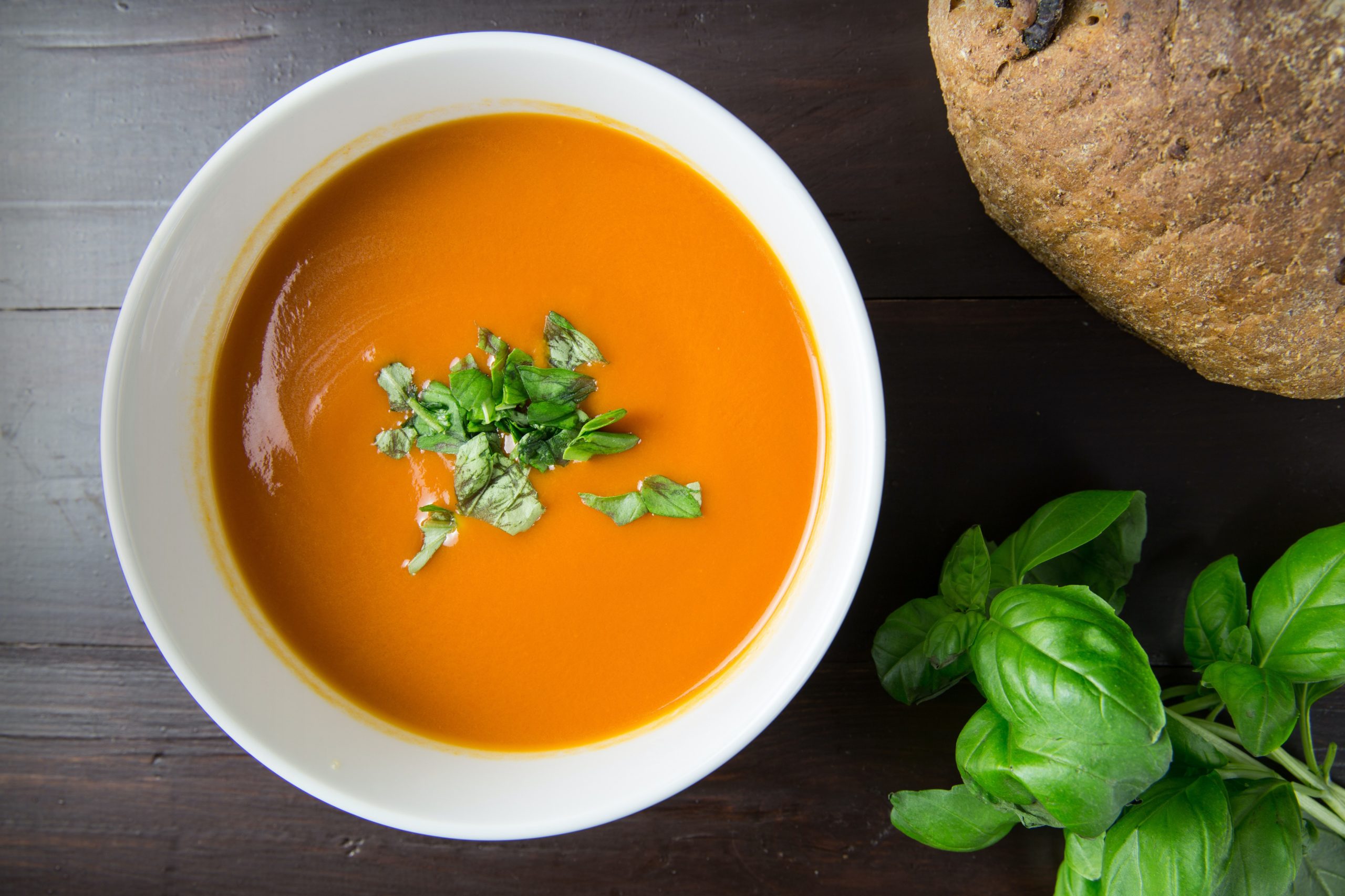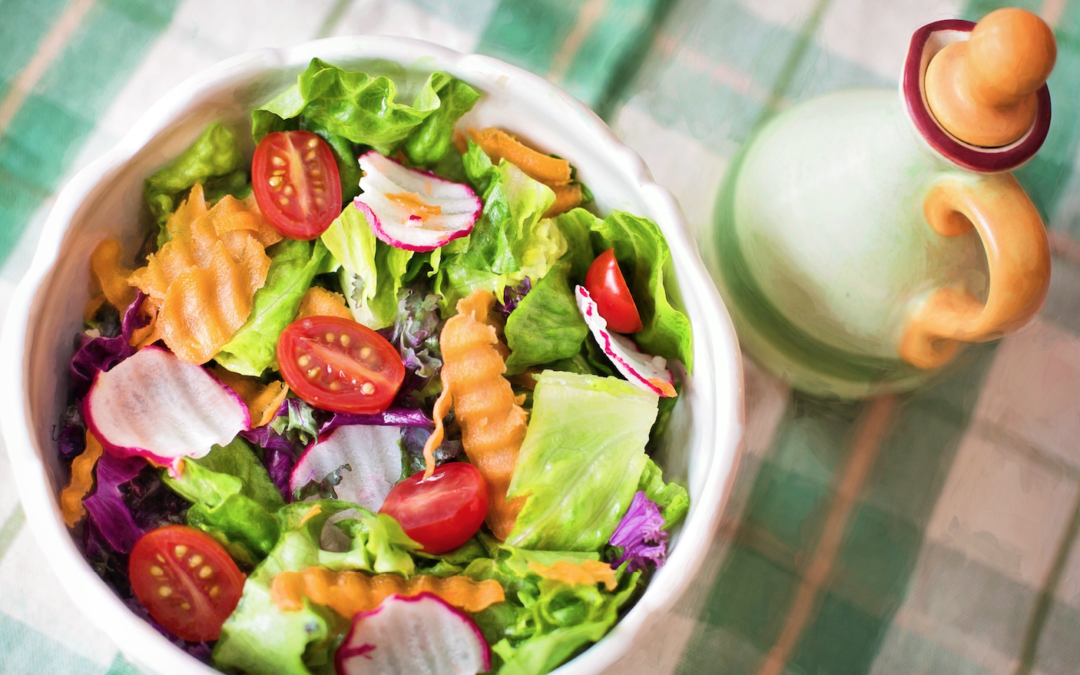
Much has been said, written and Instagrammed about “clean eating,” but what does it really mean? How do you go about cleaning your diet? Reversely, what makes dirty eating? Well, as we will soon find out, it’s not all black and white, and “clean eating”, though it may have its share of detractors, is best interpreted with a fresh, open, and unrestricted mind.
Think of all the aisles in the grocery store, where the packets and boxes contain a long list of ingredients. Rule of thumb is, if the products list hard-to-pronounce, strange-sounding ingredients on the label, then they best stay on the shelf.
Another way of eating clean is declining to eat foods that have been treated with hormones, antibiotics, and pesticides.
More than a diet, clean eating can be seen as a food movement, encouraging people to make wiser decisions about the food they eat. It seeks to change people’s relationship with food by asking important questions, such as “Where does my food come from?”
So, what’s wrong? On paper, clean eating seems harmless, and highly-beneficial. American dietician, Jaclyn London, is all for reading labels, and checking sources (READ HER COLUMN
HERE).
However, problems arise when it’s given a misguided meaning. London describes the polarizing belief that if you’re not eating clean, then you’re eating dirty and lazy.
Not to mention that this thinking is elitist, such as the quest to find the perfect, farmer’s market fresh food. This entails access, time, money, and privilege.
This is where the well-meaning movement skews into a restrictive diet that could do more harm than good.
In an article for The Guardian, writer Bee Wilson wrote about wellness blogger Jordan Younger, who advocated for clean eating.
Younger had 700,000 followers on Instagram, and as proof of her success, she sold more than 40,000 copies of her book about a 5-day cleanse program.
But the strict diet Younger was advocating for caused her to get sick. She started suffering from orthorexia nervosa, an eating disorder or obsession with consuming foods that are pure and perfect. Her raw and vegan diet caused her hair to fall, and her skin to have an orange tinge from all the sweet potatoes and carrots she only allowed herself to eat for carbohydrates. (READ THE FULL ARTICLE: Why We Fell for Clean Eating).
It’s no wonder the clean eating movement became controversial, exasperating everyone from chefs to foodies.
At its most extreme interpretation, a diet that was supposed to make you healthy ends up destroying your body, and that’s sad, considering the clean eating movement really had lofty goals.
It’s going back to what the general principles of clean eating were, which is choosing unprocessed, untreated foods, and eating a balanced diet.
Here are some tips on you can eat clean for your health, while being able to enjoy food at the same time.
1. Load up on fruits and vegetables
Fruits and vegetables are chock-full of vitamins, minerals, and fiber. Eating more of these can help significantly reduce risks for chronic diseases.
Those Big Macs and chicken meals, as much as they are tasty, are called junk food for a reason. But this does not mean you should totally forego eating fast food, just minimize them, and try to eat more balanced meals consisting of protein, veggies and fruits most days of the week. Your body will thank you.
2. Eat less meat
Cutting back on meat, more and more research shows, is both good for you and the planet. A study found that livestock provides just 18% of the calories, while taking up 83% of the farmland. Going meatless is the best way for you to help reduce your impact on earth.
Shifting from a meat-slanted way of eating to a plant-based style could slash greenhouse gas emissions, as well as add about a decade to your life, as per a study in Nature.
While going vegan isn’t a requirement, eating less meat could help curb those unwanted diseases, such as high blood pressure and heart disease.
Worried about not getting enough protein? Eggs, beans, nuts and other vegetarian sources are actually protein-rich.
3. Reap the benefits of whole grain
The cleanest whole grains are the ones that have been touched the least by processing, like quinoa, oats, and brown or other whole grain rice.
Whole wheat pasta and bread are essentially processed grains, but are still way healthier and fiber-rich than refined carbs, such as white pasta and bread.
Be careful though. As clean eating advocates, check the labels. A lot of food brands pretend to be whole grain, but when you read the label closely, there’s a whole list of bizarre ingredients, including high amounts of sugar. So it’s best to read, and do your homework first before buying.
Eating whole grain has major health benefits, like getting more fiber, antioxidants and inflammation-fighting phytonutrients.
4. Lessen sugar and sodium intake
Cookies, cakes, pastries, they’re great-looking and highly addictive (because sugar is addictive). But if you want to eat clean, you’ll have to limit your sugar intake.
Did you know that the American Heart Association recommends no more than about 6 teaspoons per day for women, and 9 teaspoons per day for men? The average American gets about 4 times that amount per day.
To eat clean, limit eating sweets to, as much as possible, fruits and dairy. Cut down on soda, baked goodies, and candy.
When shopping, watch out for added sugars, even in salad dressings, sandwich spreads, and pasta pre-packaged sauces.
Lastly, keep an eye out on sodium. Simply cutting back on pre-packaged and fast food can help lessen your sodium intake. When cooking, use salt sparingly, and use it to flavor your food, along with a variety of herbs and spices. Consider using sea salt instead of table salt, as this
contains less sodium.

Can you eat dirty sometimes? Most definitely! As long as you see clean eating as a conscious mindset, and not a constraining diet.
Tags
References:
https://www.goodhousekeeping.com/health/diet-nutrition/a37595/what-is-clean-eating/
https://www.medicalnewstoday.com/articles/320865
https://www.foodnetwork.com/healthyeats/2017/08/what-does-clean-eating-mean-anyway
https://www.foodnetwork.com/healthyeats/2017/08/what-does-clean-eating-mean-anyway
https://www.eatingwell.com/article/78846/7-tips-for-clean-eating/
https://www.goodhousekeeping.com/health/diet-nutrition/a37595/what-is-clean-eating/



0 Comments